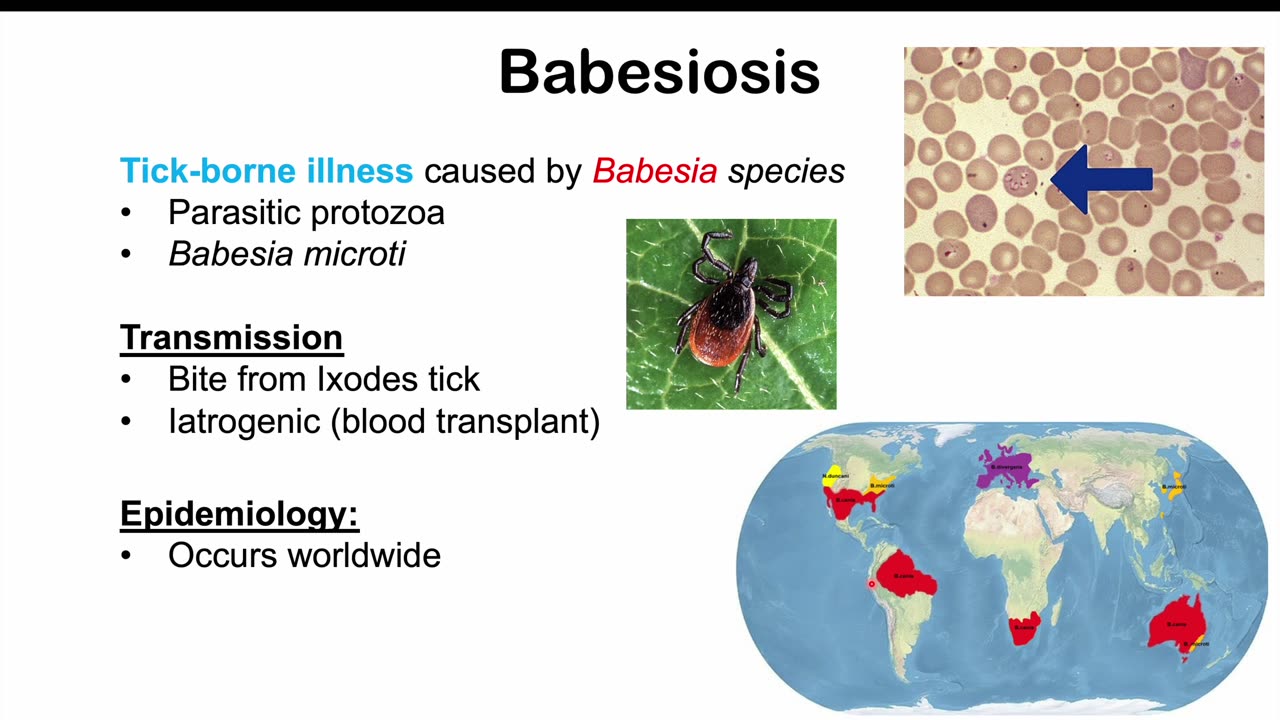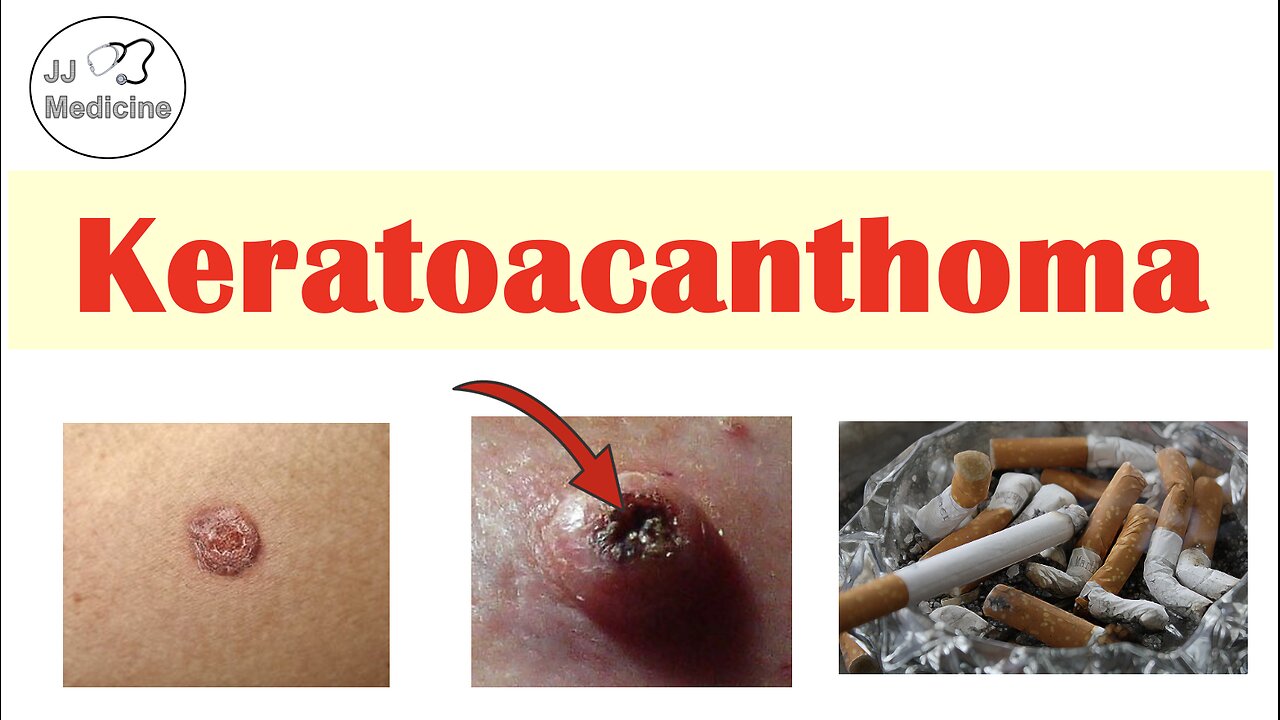Keratoacanthoma (Rapidly Growing Skin Lesion) | Risk Factors, Stages, Symptoms, Diagnosis, Treatment
expand_moreKeratoacanthoma (Rapidly Growing Skin Lesion) | Risk Factors, Stages, Symptoms, Diagnosis, Treatment
Keratoacanthoma is a dermatological condition that causes much confusion among clinicians, for some believe that it is a benign condition, although some research suggests that it is a subtype of squamous cell carcinoma, which is a type of skin cancer. Recent consensus indicates a relationship with squamous cell carcinoma, with pathological designations indicating it as squamous cell carcinoma keratoacanthoma subtype (SCC-KA). In this lesson, we discuss the potential causes of Keratoacanthoma, factors that increase risk of getting it, the stages and clinical features of Keratoacanthoma, how it’s diagnosed and how it’s treated.
I hope you find this lesson helpful. If you do, please like and subscribe for more lessons like this one!
JJ
REFERENCES:
https://www.ncbi.nlm.nih.gov/books/NBK499931/
https://emedicine.medscape.com/article/1100471-overview?_gl=1*1s07qve*_gcl_au*MTM2MzUyMTk2MS4xNzI3Mjk5NDk0
Babesiosis is a tick-borne illness caused by the parasitic protozoa of the genus Babesia, which can be transmitted to humans via a bite by a tick of the genus Ixodes (Deer Tick). Infection with Babesia protozoa leads to protozoal invasion of erythrocytes (Red Blood Cells), which can become destroyed by the parasites or become removed by the patient’s spleen. Signs and symptoms of Babesiosis can be vague and non-specific, making diagnosing the condition difficult. However, having a suspicion of this condition, especially in patients who have camped in endemic areas, is going to be important in patients with unexplained fever (or Fever of Unknown Origin).
I hope you find this lesson helpful. If you do, please like and subscribe for more lessons like this one!
JJ
REFERENCES:
https://www.ncbi.nlm.nih.gov/books/NBK430715/
https://emedicine.medscape.com/article/212605-overview?_gl=1*1dgi812*_gcl_au*MTEwNjAzOTQ5OC4xNzI3NTY3MzEy
**MEDICAL LEGAL DISCLAIMER**: JJ Medicine does not provide medical advice, and the information available on this channel does not offer a diagnosis or advice regarding treatment. Information presented in these lessons is for educational purposes ONLY, and information presented here is not to be used as an alternative to a healthcare professional’s diagnosis and treatment of any person/animal. Only a physician or other licensed healthcare professional are able to determine the requirement for medical assistance to be given to a patient. Please seek the advice of your physician or other licensed healthcare provider if you have any questions regarding a medical condition.
Keratoacanthoma (Rapidly Growing Skin Lesion) | Risk Factors, Stages, Symptoms, Diagnosis, Treatment
Keratoacanthoma is a dermatological condition that causes much confusion among clinicians, for some believe that it is a benign condition, although some research suggests that it is a subtype of squamous cell carcinoma, which is a type of skin cancer. Recent consensus indicates a relationship with squamous cell carcinoma, with pathological designations indicating it as squamous cell carcinoma keratoacanthoma subtype (SCC-KA). In this lesson, we discuss the potential causes of Keratoacanthoma, factors that increase risk of getting it, the stages and clinical features of Keratoacanthoma, how it’s diagnosed and how it’s treated.
I hope you find this lesson helpful. If you do, please like and subscribe for more lessons like this one!
JJ
REFERENCES:
https://www.ncbi.nlm.nih.gov/books/NBK499931/
https://emedicine.medscape.com/article/1100471-overview?_gl=1*1s07qve*_gcl_au*MTM2MzUyMTk2MS4xNzI3Mjk5NDk0


